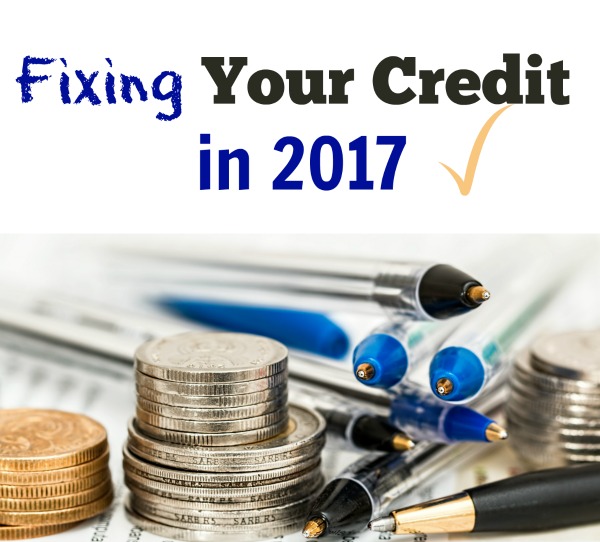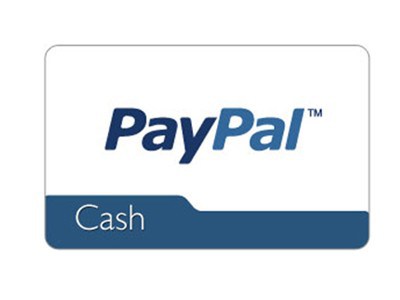Maintaining your credit is crucial when trying to buy a big purchase like a home or new car. With some many loans and cards available, it can be overly tempting to spend money you don’t have. While building credit is essential to make big purchases, taking on too much debt can quickly get you in over your head. If 2016 has been spent dealing with the consequences of bad credit, make 2017 your year to get things back on track and fixing your credit.

Know What?s Going On Financially
If you want to improve your credit in 2017, you have to start by having all the information. The first thing you’ll need to do is pull your credit. You receive one free report from each of the three agencies annually. If you want them all from one place you can use annualcreditreport.com. I’ve personally used this one and it has lots of helpful information.
Once you?ve pulled you credit, look over each item and find any errors, and make a list of any debts you have and amounts owed. You’ll also want to list your collections so you can begin to chip away at those one by one.
There are several ways to approach debt payoff, but probably the most popular, especially in regards to delinquent accounts, is to use the ?snowball? method. Basically, you want to pay off all your debt smallest amount to largest amount. Utilize online tools like the debt snowball calculator to better understand how it works.
Even if your outstanding debt seems insurmountable (meaning the total is high), small changes in daily living can go a long way toward eradicating debt and improving credit, and it is well worth it in the end.
Next Step: The Budget
Once you have a number and good insight into your financial picture, you’ll want to design a budget for 2017. You may have to make changes along the way, but having a starting point is essential. To create a budget you’ll need to:
- List all of your necessary expenses
- List your income
- List daily spending habits. This is a place you can work to reduce overspending
- Make sure you dedicate money to savings every month
Simple Changes and New Habits to Help Improve your Credit in 2017
Once you have debt listed, a budget, and have identified habits that may not be helping, it’s essential to take a few more steps to boost your score while you build savings and improve your credit. Start by doing things like:
Be mindful of your credit card balances. It’s beneficial to try and keep credit cards to a minimum, but if you have them, also keep an eye on your balances. The optimum balance is 30% or lower of your limit; you can bump up your score by paying down balances and keeping them down.
Pay your bills on time. The last thing you want is to consistently pay things late. It shows up on your credit report, and affects your score and how lenders perceive you. Do whatever it takes to remember to pay on time. This could mean setting up alerts on your phone, signing up for automatic payments, or having a functional mail system that keeps bills front and center.
Make more frequent or bigger payments. If you can suddenly increase either the size of payments on debt or the frequency it will help boost your score.
Pay off the card that is closest to the limit first. If you have multiple cards, the one you need to attack first is the one that’s almost maxed out, or already maxed out. Use the snowball method here as well; pay down each card from closest to the limit to least close to the limit.
Get a card if you don’t have one. A lot of financial people will tell you not to get a credit card if you already have bad habits or poor credit. However, if you don’t have one and know you can use it responsibly, it can be a great way to build your credit. Tread carefully though, and make sure not to get multiple new cards.
Make 2017 your year to elevate your financial health. Although it takes work, once you have the right habits in place, you’ll be able to achieve more than you thought possible.



